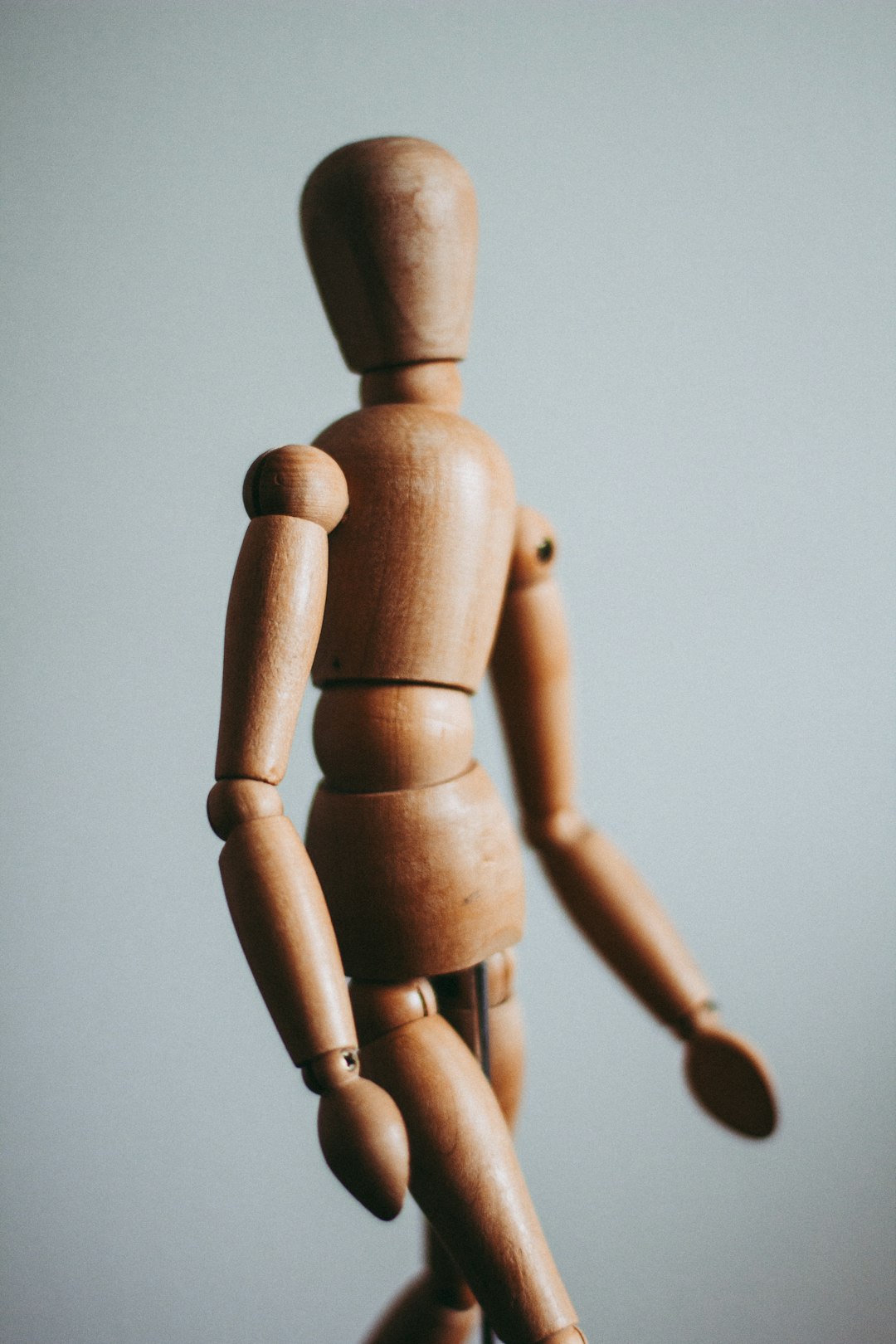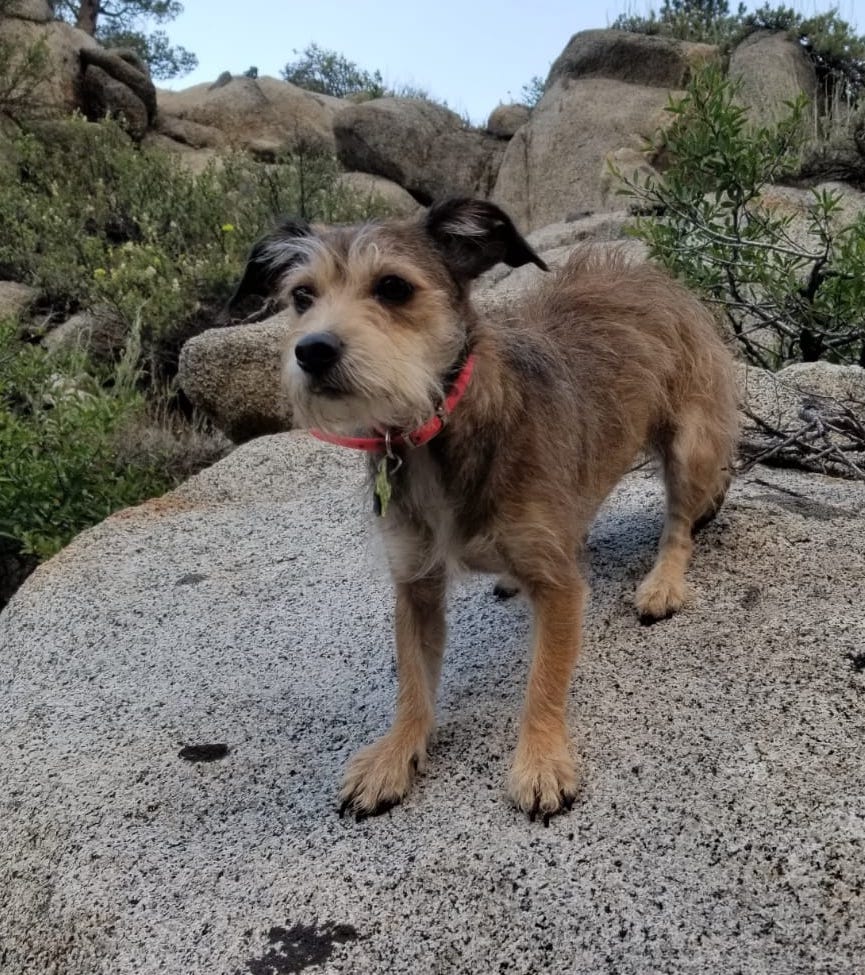98. 🖌️ embodied work 🖌️
thinking about grounding ourselves to contend with our history
Hello, and happy Monday.
I hope that you all have been doing well despite the dramatic rise in temperatures last week! It’s been so so hot and humid here, which means that I’ve mostly been spending my time indoors. Recently, my neighbor showed me the splash pad that’s in the park near our home, which I and my inner child are very excited about. I definitely plan to run through it like an airplane when no one’s looking.
In other news, the turkeys are out! I saw four on my walk to work last week:
Never did I think that I would see more turkeys than pigeons in a major US city.
✏️ Still processing.

I am really enjoying the work of teaching the “Foundations of Asian American Studies” course for adult learners. While the work I do with my undergraduates is also fulfilling, this course has given me the liberty to do some experimentation with the way that I teach and what I hope folks will get out of the course. I am not beholden to institutional or departmental requirements and I am not serving as someone who evaluates any type of work—written or otherwise. So, I get to see myself more as a facilitator, and I get to lead more with vulnerability. Although the work of bell hooks has done a lot for me in terms of working through how vulnerability can work well in the classroom, I am still aware of the power dynamic that is present in more traditional educational settings. With this class, though, I feel like I can do more experimentation with how we get to the work of understanding and learning from history.
One of the things that I noticed folks say in the first class was how difficult this history is to encounter and process. Upon reflection, I realized that this history has become so familiar to me that I have become desensitized to a certain extent. I remember the first time I read—really, really read—the history of Iran and its encounters with the United States in the twentieth century. I cried. It came in floods as I realized that certain members of my family had lived through the very difficult times that I was only just learning about. When reflecting now on this moment that happened years ago, I realized that perhaps some folks in the course were feeling this way.
So, I decided to go out on a limb and experiment with the way that we enter the space and how we can contend with the emotions that come with being so close to these histories. Usually in my undergraduate courses, I have students engage in a “pre-critical moment,”* where I ask students how they felt about the texts for that week. Essentially, it’s a way to address the emotional component of doing this work before getting into the analytical aspects of the writing and argumentation. After all, it is a difficult thing to think about how the author presents the history when the history itself elicits so much more within us.
For this session, I wanted to get at the same goal but do so in a way that incorporated how these histories linger in our bodies when we read them. In 2020, I did a week-long writing retreat with Tara Mohr, where we wrote from different parts of our body. Using a body scan meditation, we would ground ourselves physically within our bodies before ending at an appendage that may store and express information in a different way than how we would normally process things—the stomach, the shoulders, the heart. Tapping into that appendage, we would write.
I decided to begin our Foundations session with a similar practice as a way of contending with how this history shows up within us, and how it may live differently within the various appendages that make up our body.
This is a reminder that the cerebral work of research and writing at times needs us to address the way that it shows up in the other parts of our body. I myself have realized that I have different writing styles when I freewrite from different parts of my body. My stomach is so much more guttural than I could have ever imagined—it holds the rawness that I experience when encountering a new and devastating piece of evidence.
I offer you all the following meditation as a way of tapping into that embodied practice. I encourage you to either record yourself reciting it or getting someone else to record it for you. I encourage you to take what makes sense and riff on it in a way that makes it yours. After you do this meditation, write from that part of your body and see what comes out.
To write from the belly:
When you are ready, begin by making yourself comfortable. Sit in a chair and allow your back to be straight, but not stiff, with your feet on the ground. You could also do this practice standing or if you prefer, you can lie down and have your head supported. Your hands could be resting gently in your lap or at your side. Allow your eyes to close, or to remain open with a soft gaze.
Take several long, slow, deep breaths. Breathing in fully and exhaling slowly. Breathe in through your nose and out through your nose or mouth. Feel your stomach expand on an inhale and relax and let go as you exhale.
Begin to let go of noises around you. Begin to shift your attention from outside to inside yourself. If you are distracted by sounds in the room, simply notice this and bring your focus back to your breathing.
Bring your attention to the sensations of the breath down in your belly. [pause]. Take some deep breaths, noticing the stretching of the abdomen wall on the in-breath, and the falling away on the out-breath.
Keeping your focus on your belly and the sensations that it gives you, try turning your attention to a concept or detail from the text that struck you—that you want us to talk more about this evening. Feel this idea as a seed growing in your belly. How does it feel to have it there? What sensations are moving through you?
Now, imagine your belly with this growing seed inside of it opening. Imagine a ray of energy moving from the depths of the stomach, moving up through your chest, turning at the shoulder, and moving down your arm. What does your belly want to say? What does it want you to know?
Write from your belly.
To write from the shoulders:
When you are ready again, allow your eyes to close, or to remain open with a soft gaze. Take several long, slow, deep breaths. Breathing in fully and exhaling slowly. Breathe in through your nose and out through your nose or mouth. Feel your stomach expand on an inhale and relax and let go as you exhale.
Bring your attention to your shoulders. You may notice the shoulders moving along with the breath. Be with the sensations here. It could be tightness, rigidity or holding. It could feel weightless. Breathe into your shoulders, allowing them to move how they please.
Continue breathing into your shoulders, and turn your attention to that same concept or detail from the text that struck you. Draw your attention to the ways that this idea has shifted your shoulders. How are they moving now? What does it feel like to have this history lie in the space of your shoulders?
Take some deep breaths here.
When you are ready, open your eyes slowly and begin writing from your shoulders.
I learned this practice from my wonderful mentor Leti Alvarado, who learned it from her mentor, José Muñoz.
🌀 Still consuming.
More inspiration (above) for grounding yourself in your body.
As someone who is the member of many Discord communities, I can attest to this.
“Even within the course of the same pregnancy, a person and the fetus she carries can shift between the roles of lover and beloved, host and parasite, vessel and divinity, victim and murderer; each body is capable of extinguishing the other, although one cannot survive alone. There is no human relationship more complex, more morally unstable than this.” This piece on abortion from Jia Tolentino is worth the read.
Why do I find the concept of nepo babies so intriguing?
Marlee Grace on the days when she does not want to write.
📖 Book club corner.
Friends! July’s book club pick (which is TOMORROW!!) is A Swim in a Pond in the Rain by George Saunders! I’m so excited, and a big thank you to Lydia for choosing this month’s books and facilitating our meeting at the end of the month! You can purchase the book here and find meeting details below.
Here’s the event info:
Date & Time: Tuesday, July 26 @ 5PM PST/8PM EST
Registration Link!
Suggested Donation (for those able to donate): $3-10 through Paypal or Venmo (@idyalz) (A note that 100% of donations will go to Lydia!)
If you are interested in facilitating a book club and have been to more than two book club meetings, feel free to reach out to me!
You can learn more about the tiny driver book club here!
🐶 A pup-date.
From the archives! Girlie outside when she was a lil’ pup!
As always, thanks so much for reading through, and I'll see you in the next one!
Warmly,
Ida






I love that you get more space to experiment in this class! And thank you so much for those exercises, I'm really excited to try them. I resonate with being desensitized to things you just know. And I appreciate how you provided these embodied practice to provide a reconnection and grounding. Lovely as always Ida!